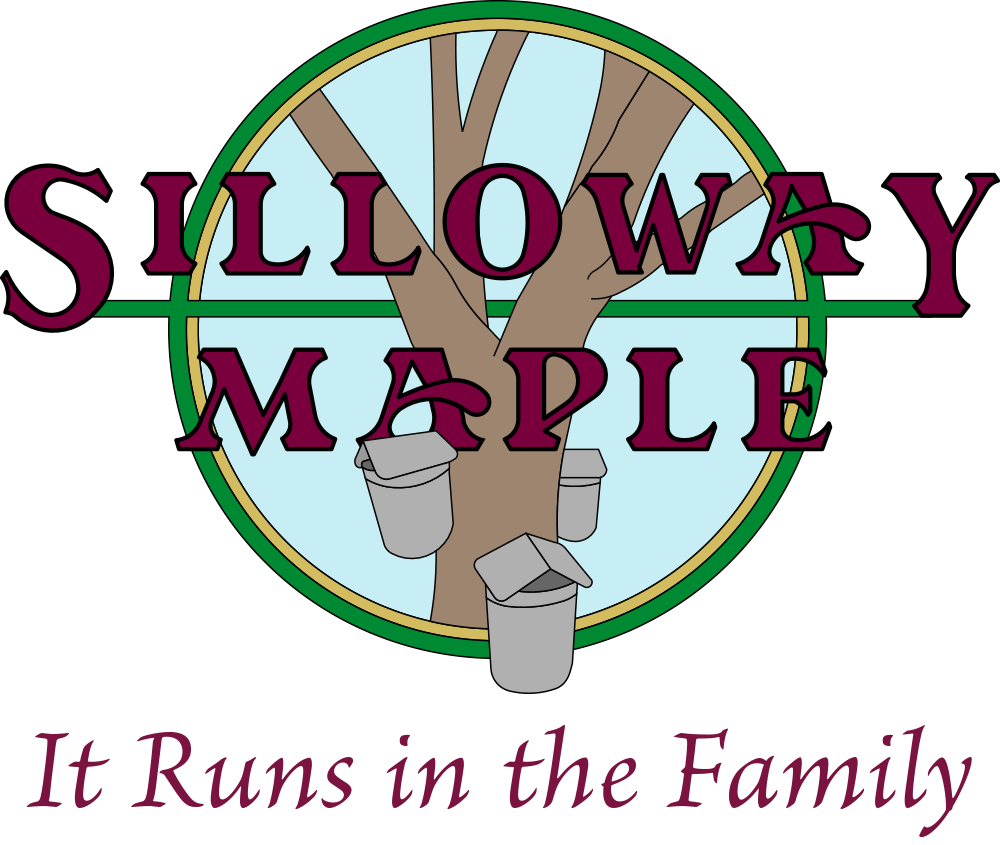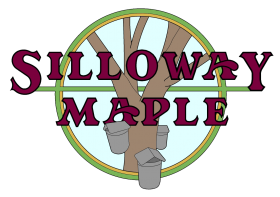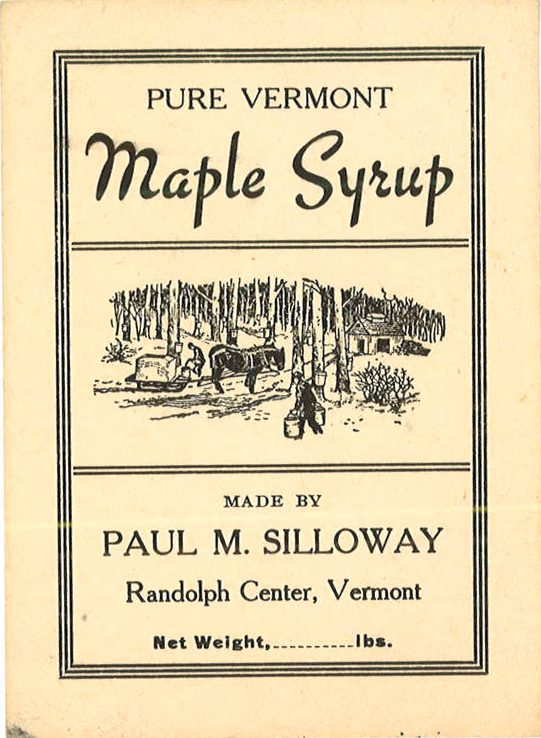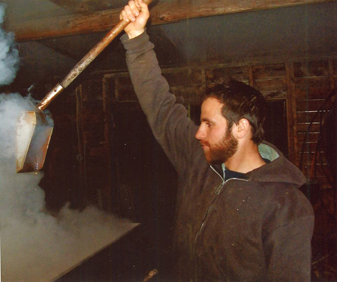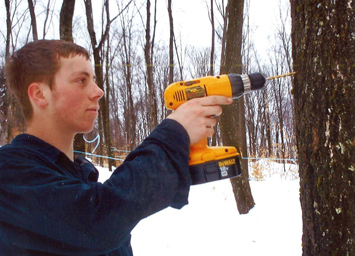Maple syrup is made from the sap of the sugar maple tree, primarily in the northeastern United States and southeastern Canada. The sugarbush is managed to maintain health and vigor and maximize the production of high quality sap. Sap is the product of photosynthesis that occurs during the previous growing season. Sap flows during the early spring, when nights are cold, and the daytime temperature is above freezing. Old-timers say that winter “has lost its grip”, and sugarmakers are glad to head for the woods.
Maple sugaring is weather dependent, and it is challenging to judge just when to tap, so as not to miss the first run. The season varies from year to year as temperatures fluctuate. Many people ask, “Is it going to be a good sugaring year?” My dad always said, “ I’ll tell you in May”, meaning when the sugaring season was over!
Healthy maple trees of at least 10 inches in diameter are tapped, using a clean, sharp drill bit. A spout is tapped into the hole, and a bucket hung, or tubing attached. Usually, the snow is deep, and the woods are steep. “Sap’s running!” Everyone is excited to see those first drips of fine, clear sap running off each spout.
The sap is gathered by emptying each bucket into a gathering tank, or by it running through a system of tubing to large holding tanks. We observe all recommendations for maple production, from sugarwoods management and tapping to the reverse osmosis process to boiling, filtering and hot packing the final product.
The sap is filtered, and many modern sugarmakers run it through a reverse osmosis machine, which condenses the sugar content, making for shorter boiling time, hence less labor, time, and fuel cost. The average sugar content of sap is 2.5, but the RO machine, as it is referred to, can condense it to 7 to 15 percent .
The sap runs into the evaporator, a large pan divided with partitions, forming channels for the sap to flow through from the inlet to the drawing off of the syrup. The pans sit on top of the arch, where the fuel burns. Wood is the traditional source of heat, but oil is sometimes used. Although it takes a tremendous amount of wood to boil, the wood is a byproduct of managing the sugarbush, and other logging operations on the farm. The job of cutting, splitting, and stacking the wood needed for sugaring is often carried out throughout the year.
The syrup is ready to draw off when a specific density is reached. The density is checked by running some of the hot syrup into a hydrometer cup, and testing it with the hydrometer. Next, the syrup is run through a filter press to remove any impurities and nitre, or sugar sand, which is a mineral compound in the syrup. Finally, the syrup is graded, according to strict standards for color and flavor. The different grades, ranging from Fancy, Grade A Medium Amber, Grade A Dark Amber, Grade B, to Grade C, or commercial grade, are all favorites according to personal preference and purpose. Many prefer the darker grades to cook and bake with.
Maple syrup is hot packed, and stored in a cool, dark place. Once opened, it should be kept in the refrigerator. Syrup may be frozen, as well.
Syrup is often made into other pure maple products, including maple cream, Indian sugar, maple candy, and sugar-on-snow. Maple sugar coated nuts, maple cotton candy, and maple jelly are popular. Maple syrup can be substituted for refined sugar in many recipes, resulting in delicious flavor.
